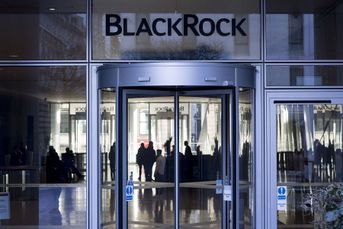An employee benefit for deeply indebted millennials
 Graduation mortar board cap on one hundred dollar bills concept for the cost of a college and university education
Graduation mortar board cap on one hundred dollar bills concept for the cost of a college and university education
More than 100 companies now put some money toward their employees' student loans.
Rariety Monford is being aggressive about her $60,000 in student debt. An engineer at Abbott Laboratories, she puts 14% of her salary toward loan payments each month, far more than the required minimum.
“It is my No. 1 priority,” said Ms. Monford, 26, who graduated from North Carolina A&T State University in December 2016. She plans to go to graduate school, even if it means more debt — and short-changing her retirement account — to pay for it.
A new benefit program at Abbott means she won’t have to choose between paying down student debt and saving for the future. For any U.S.-based employee who puts at least 2% of their salary toward student loan payments, the health care company will contribute the equivalent of 5% of their salary into their 401(k) plan.
This is Abbott’s twist on a benefit that’s becoming more popular as employers compete for highly educated — and often deeply indebted — workers. More than 100 companies put some money toward employees’ student loans, according to research by the Society for Human Resources Management, a number that’s been steadily ticking up since the group started asking the question three years ago.
(More: Retirement plan participants’ personal debt gains attention)
So far, companies have been offering anywhere between $500 and a few thousand dollars a year toward student loan payments. That money is treated as taxable income, a drawback for all parties that may explain why more employers aren’t adding the benefit. Bills introduced to change the tax status of the benefit haven’t gained traction.
Abbott’s twist works around the tax penalty, because 401k payments are tax-free. Steve Fussell, a human resources vice president at Abbott, says the benefit also helps employees kick off their retirement savings early, which can make a huge difference over several decades of work. Only about a third of millennials are currently contributing to the company’s retirement plan, compared with 90% of the workforce overall.
“We’ve seen increasingly the pressing levels of student debt and the impact it has on our new grads,” Mr. Fussell said. The new benefit will solve a financial savings problem and, he hopes, help retain employees.
As for Ms. Monford, she’s excited to be “hitting two birds with one stone.”
“I thought I was only going to be able to pay off my loans and be a decade behind everyone else that is able to invest,” she said. “I would like to get on to better things in life than paying off debt.”
(More: New ways to pay for college)
Learn more about reprints and licensing for this article.








